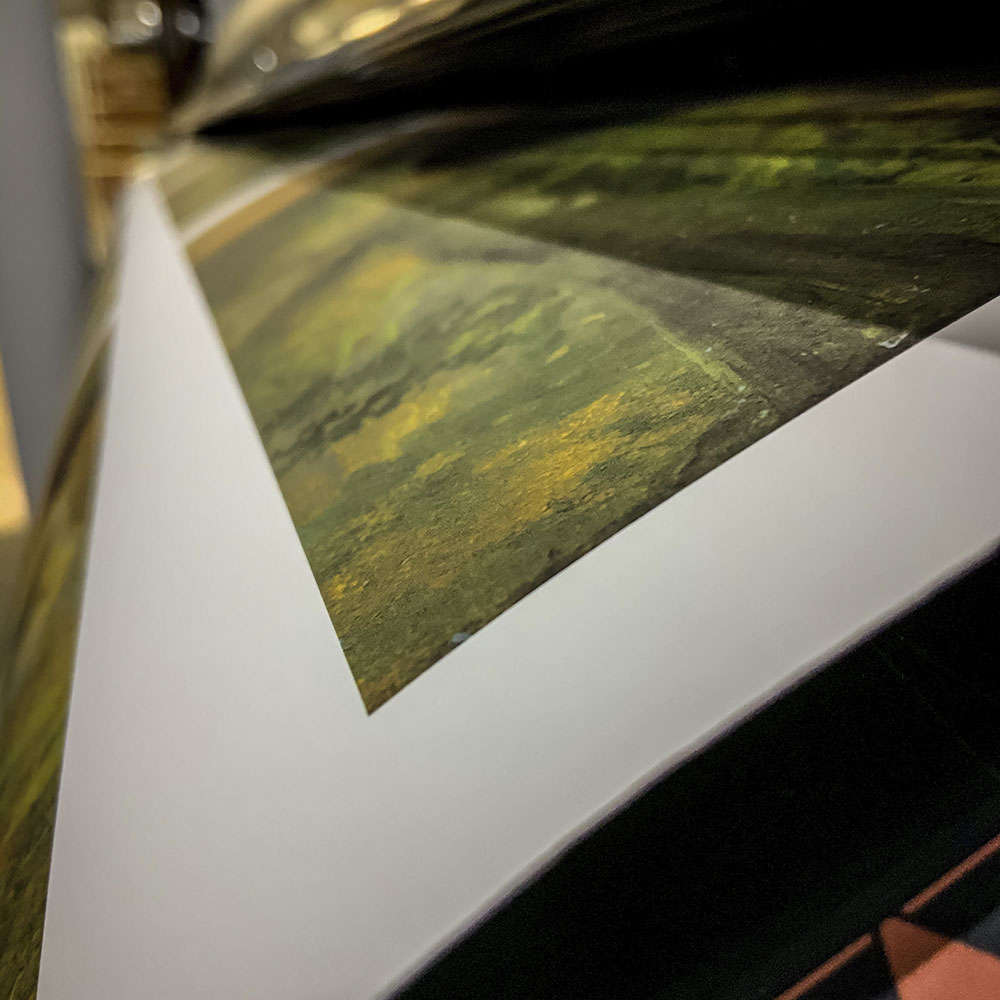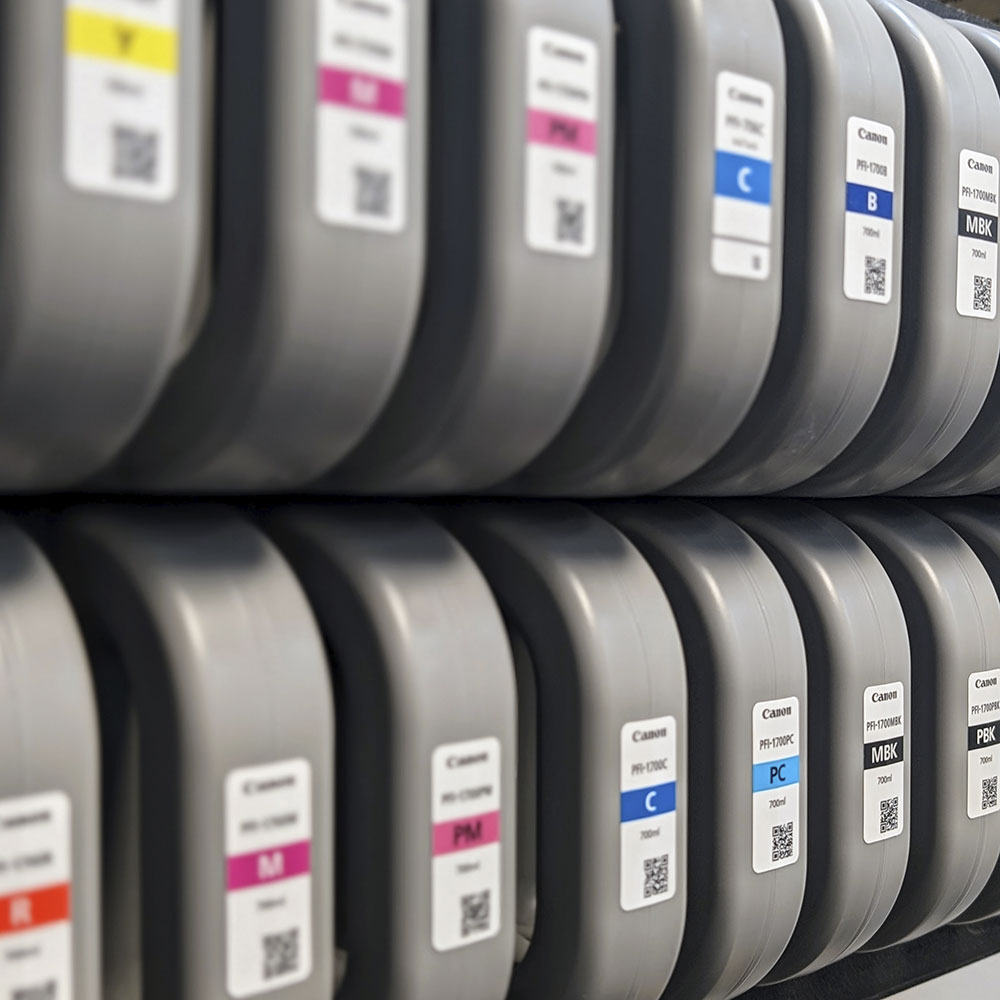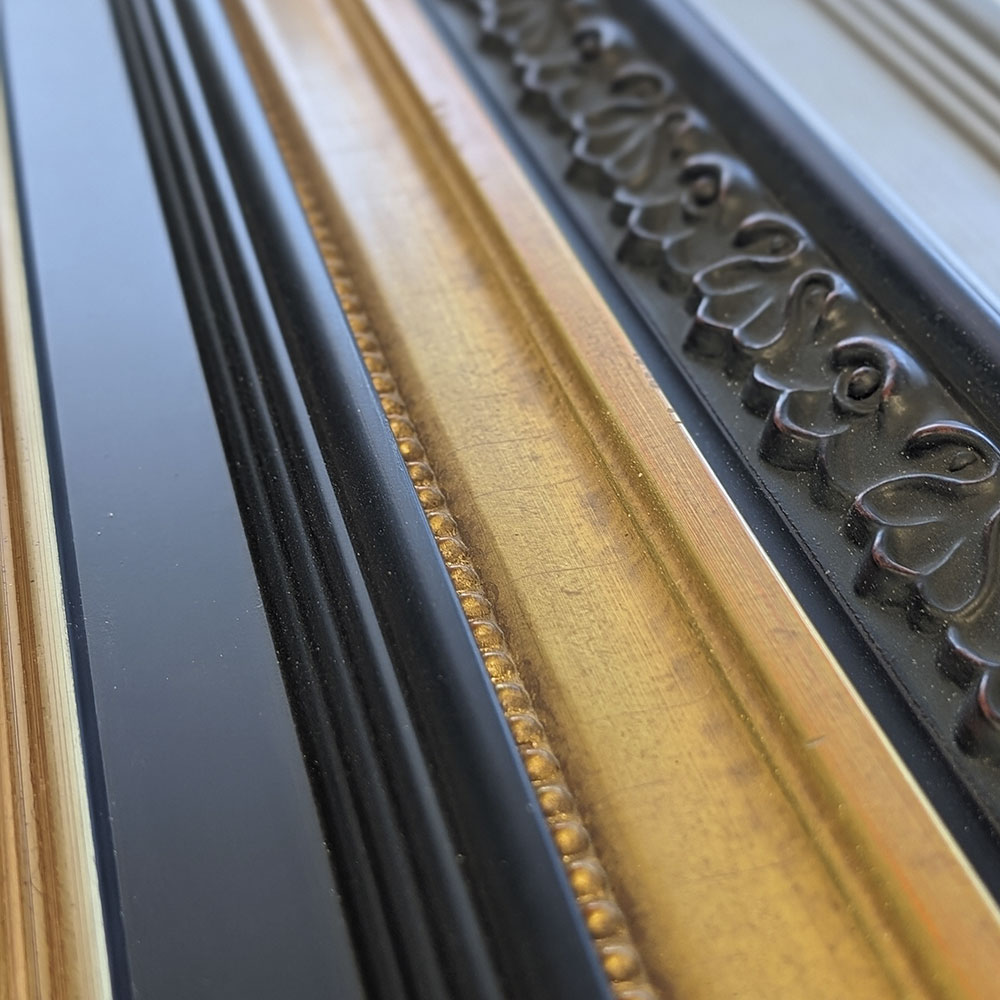Washington Crossing the Delaware.
Emanuel Leutze; oil on canvas, 1851. Gift of John Stewart Kennedy; The Metropolitan Museum of Art, New York.
On Christmas night, 1776, George Washington led the dwindling forces of the Continental Army in a daring crossing of the ice-choked Delaware River. They were en route from Pennsylvania to a successful surprise attack that routed the British and Hessian troops encamped at Trenton, New Jersey. This victory reignited the American revolutionary cause, and the bold action almost immediately became the stuff of legend.
The most famous representation of the crossing is German-American artist Emmanuel Leutze’s 1851 painting. More than 165 years after its creation, the painting is one of the best known in the United State. Leutze was a supporter of the 1848 European revolutions, Leutze hoped to inspire new struggles for liberty and democracy. He intended his composition to be allegorical, rather than historically literal.
The clothing of the American soldiers suggests diverse geographic origins, from frontiersmen wearing buckskin breeches to a recent Scottish immigrant in a traditional “Balmoral bonnet” to Pennsylvania farmers in wide-brimmed hats. General George Washington and Lieutenant James Monroe stand above the rest. Leutze places Washington at the center of the action, perched on the bow of the vessel as his men navigate icy waters. The general is immortalized as a heroic leader, but also a democratic one, enduring the perilous crossing alongside his troops.


